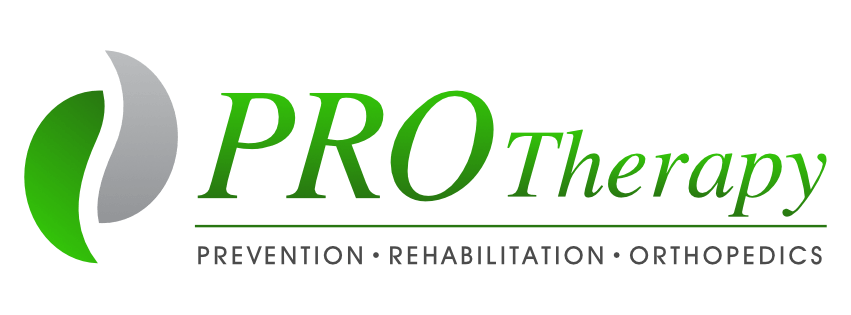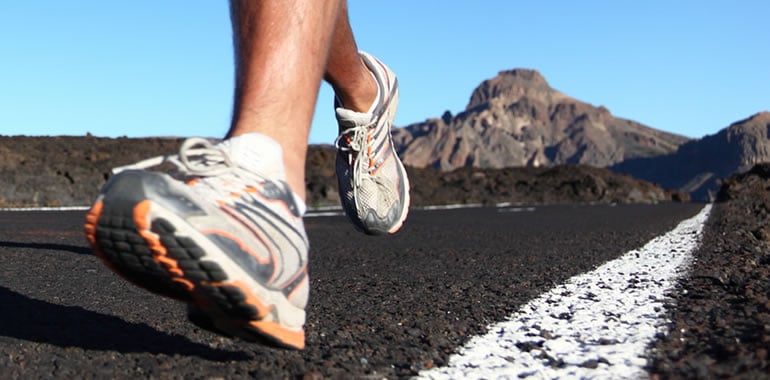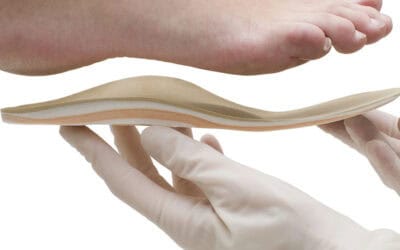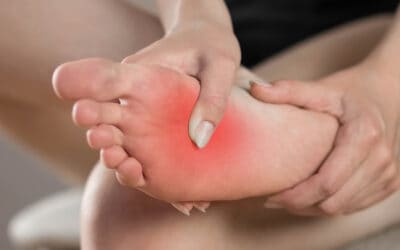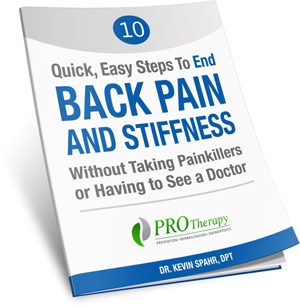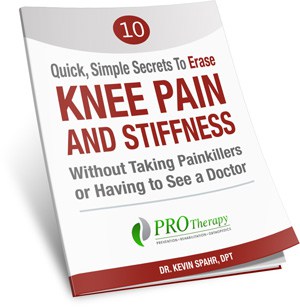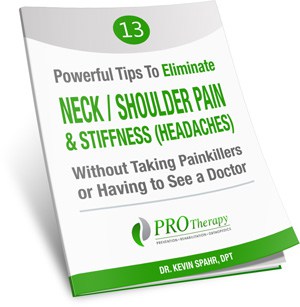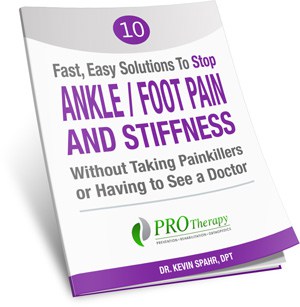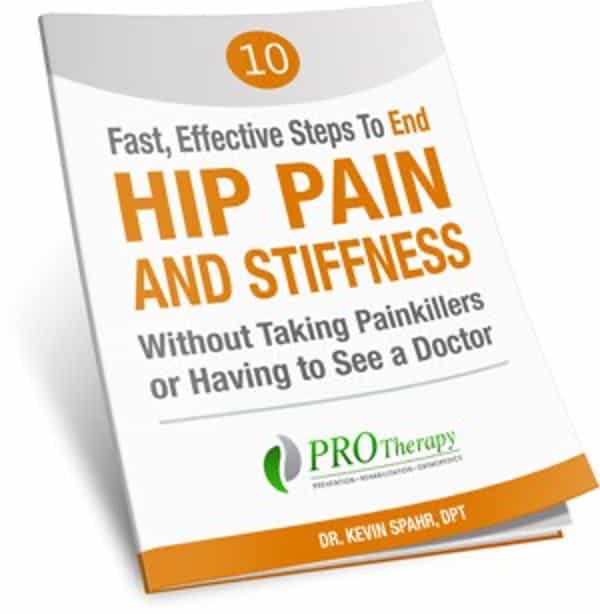Whether you’re a casual runner getting a run or two a week in for some exercise, or a competitive marathon runner, you are no doubt looking for the next competitive advantage. There have been some recent trends in running and footwear that revolve solely on foot strike patterns. More and more people are electing to run barefoot or in minimal shoe ware due to the belief that it will help improve performance and reduce risk of injury. We have been hearing from very advanced runners making the switch to the forefoot pattern and people just getting into running make the switch. The purpose of this blog is to provide you with the pertinent information surrounding foot strike patterns regarding your health and performance running.
How Many Injuries are Running Related?
First, let’s cover some important topics about running from a Physical Therapist’s perspective. Running related injuries are unfortunately very common. Research tells us that nearly 65% of all runners will experience a running related injury each year! Of those injuries, 50-75% are from overuse. There are a myriad of factors that can contribute to this high rate of injury. A popular topic to explore recently to combat this high rate of injury is altering your foot strike pattern.

What is Foot Strike Pattern?
Your foot strike pattern is characterized by the point in which the foot hits the ground first. This is typically broken down into three common patterns, rearfoot, midfoot and forefoot. It is the Forefoot strike pattern that has gotten all of the attention lately as being the optimal or “best” strike pattern for performance and safety.
What are the Proclaimed Benefits of a Forefoot Strike Pattern?
Most commonly, you will hear that adopting a forefoot strike pattern will improve performance and running speed/efficiency. Second, is that traditional footwear forces a rearfoot strike pattern making it unnatural whereas forefoot is a more natural pattern. Third, is that the forefoot pattern in itself will reduce your risk of injury. Custom orthotics can assist with optimizing forefoot strike pattern, click here for more information: https://protherapymn.com/orthotics/
What do the Latest Studies and Research Tell Us About This?
First, we should look into how many people actually run with a forefoot strike pattern. I’m sure based on conversations with your running friends or due to all of the information you see online about forefoot running, you would guess everyone is using it. In reality, a majority of marathon runners are using a rearfoot strike pattern based on recent research tracking foot strike.
Looking at recreational and sub-elite marathon runners, roughly 60-75% of them are utilizing a rearfoot strike pattern. Comparing this to elite (World Championship) based marathon runners, about 50-60% of those are using a rearfoot strike pattern. Looking at the big picture here, a lot of very high-level runners don’t use a forefoot strike pattern.
Next, let’s look into the topic of “natural” vs. “unnatural” foot strike pattern. There is a growing argument that overtime as our shoe ware has become more comfortable, we have adopted to run with a rearfoot strike pattern because shoes prevent this strike pattern from being painful. In contrast, the belief is that those who don’t have access to high level shoe ware and run barefoot will use a forefoot strike pattern. So, one argument supporting the forefoot pattern is that this pattern is what our ancestors used so we should too.
Researchers looked into this idea by observing runners from areas of the world where people are more likely to walk and run without wearing shoes. Data collected from regions in Kenya, where people habitually run barefoot, found prevalence of all three strike patterns. Providing the argument that rearfoot, mid-foot, and forefoot strike patterns all occur in nature. This study helps us realize that shoe ware is not solely to blame for a rearfoot strike pattern.
Will Forefoot Strike Pattern Improve my Performance?
The next argument supporting the almighty forefoot strike pattern is that it will improve your performance compared to the other patterns. The idea is that being up on your toes allows you to generate more energy via the calf muscle resulting in greater speeds. Thinking of your calf as a spring, the forefoot pattern allows you to access this spring at a greater percentage compared to the other patterns. Recent research has found no significant performance benefits from a forefoot pattern compared to mid-foot and rearfoot for long distance races. The extra energy output to use this pattern appears to off-set the speed benefits.
What Does the Latest Evidence Tell Us About Injury Rates with a Forefoot Pattern?
Researchers looked specifically at college aged long-distance runners and marathon runners and found no significant difference in rate of running related injuries across the three strike patterns. What was found is that a high percentage of runners get injured, regardless of strike pattern. Also, your foot strike pattern can be predictive of what type of running injury may occur. There is a higher rate of Achilles and calf injuries with a forefoot pattern while a higher rate of stress fractures with a rearfoot pattern.
Should You Change Your Foot Strike Pattern?
From a rehab perspective, we recommend that if you begin to have pain with running it is not worth your time to drastically change your strike pattern. Instead, we first look to support your foot and ankle within its current pattern. This can be done with progressive strengthening, mobility drills and modifications to your running program. Pain relief this way can be accomplished much faster than changing your foot strike pattern. Another popular tool we offer for running related pain is orthotics.
The whole idea with orthotics is that we are adding a form of support to your foot and ankle that allows you to continue running and walking. This is far easier to implement than changing your foot strike pattern. True change to your foot strike pattern can take months to fully implement, when an orthotic is instantaneous change. This immediate change can be noticed within the first few runs or walks with the orthotic.
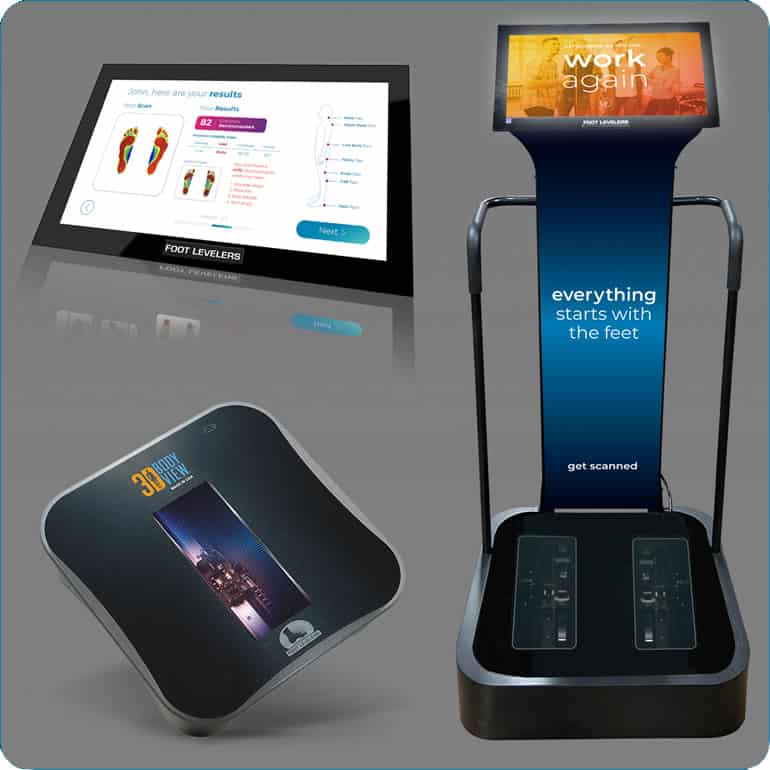
What Are Customer Foot Orthotics?
At PRO Therapy we utilize a 3-D scanner to take images of the bottom of your feet. These images get utilized by a company called Foot Levelers to custom fit an orthotic based on your foot scan, the style of shoe you wear and your activity levels. Whether it is severe pain that is significantly reducing the time up on your feet or very mild, if it’s persistent pain, orthotics might be all that you need to return to walking and running with less pain. If you would like to consult with one our Physical Therapists on your running related pain give us a call at 612-767-9917. You can also find out more information on how orthotics can help you on our website https://protherapymn.com/orthotics/.
What is my Final Recommendation?
With all the information in this blog about foot strike patterns I want to bring up the point that we are by no means against a forefoot strike pattern. It is a great foot strike pattern for running performance and injury prevention, but it is not significantly superior to the other strike patterns. The purpose of all this information is to bring to your attention that it may not be worth your time and energy to change your strike pattern to a forefoot. We recommend you stick with the foot strike pattern that your body naturally selects.
- New Year, Stronger Core: Why Your Gym Resolution Needs a Pelvic Floor Strategy - January 5, 2026
- Physical Therapy Programs for ACL Tear Recovery (And Prevention) - December 17, 2025
- Top Questions Women Ask About Pelvic Pain (But Are Too Afraid to Ask) - December 12, 2025
